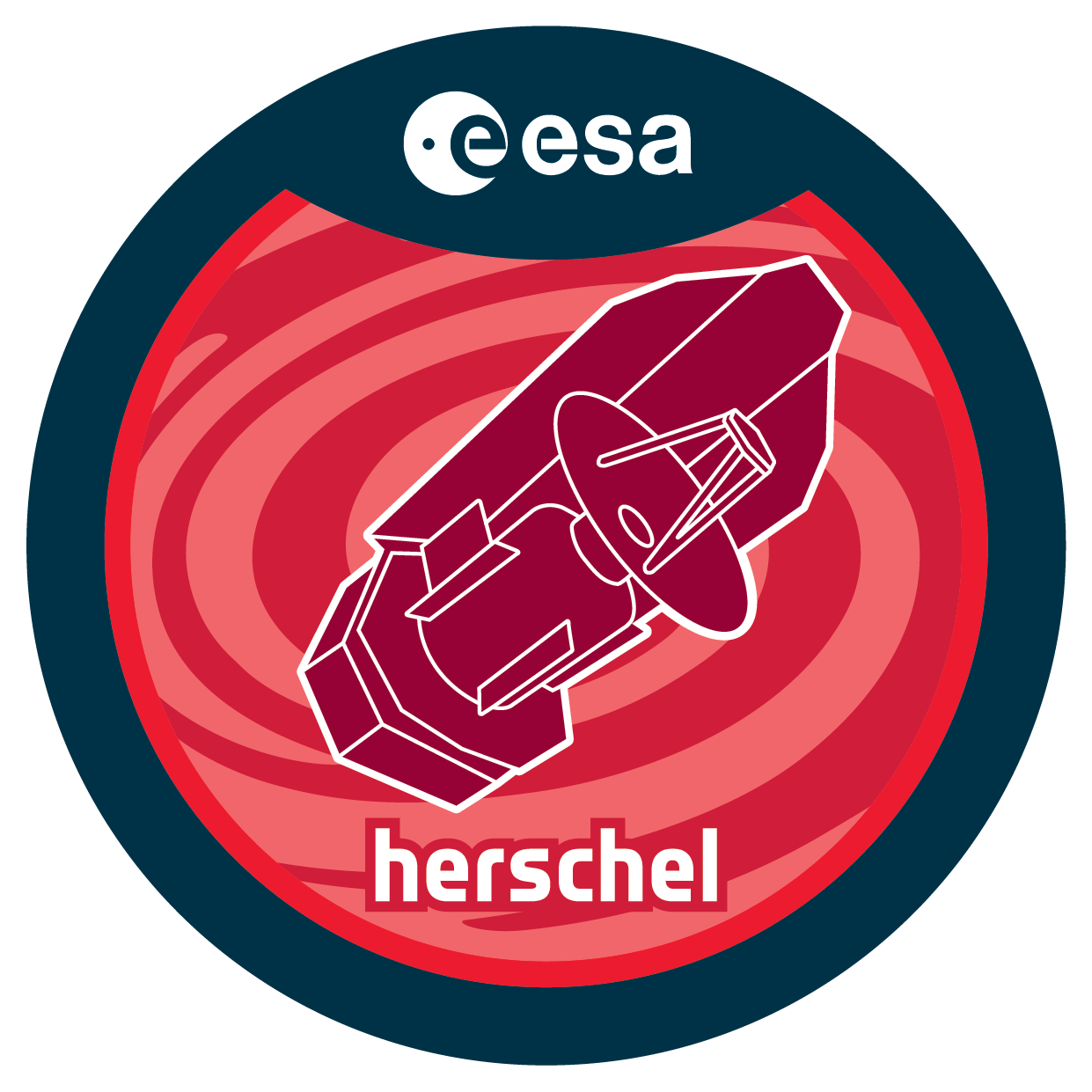| Description |
Herschel-GAMA: Gas-fuelling, Feedback and Star-Formation inGalaxy Groups in the Local VolumeUnder the Cold Dark Matter paradigm the propensity of intergalactic baryons tocool and accrete onto existing galaxies or form new galaxies depends both onthe mass of the inhabited dark matter halo through the process ofvirialisation, as well as on the mass, dynamical state and gas content of individual galaxies, since the latter can either enhance or hinder accretionthough so-called feedback from starformation or AGN activity. We have used theunprecedented density of redshifts furnished by the Galaxy And Mass Assembly(GAMA) deep wide field spectroscopic survey to identify the first statisticallysignificant sample of low mass groups, opening the way for deep pointedmultiwavelength investigations to probe baryonic processes over a morerepresentative population of haloes than previously possible. Here we proposedeep pointed miniscan exposures with PACS at 70, 110 and 160 microns of arepresentative subsample of 57 low-mass blue sequence member galaxies of GAMA groups with z less than 0.04 spanning a range in dynamical mass between 10^11 and7.10^13 M_solar and a range in galaxian stellar masses from 10^8.0 to10^9.25, parameter space that has not yet been surveyed in the FIR.Combining this with corresponding multiwavelength data on existing blindsurveys covering the GAMA footprint and deep surveys of massive clusters,we will provide a complete picture of the UV-FIR/submm emission from bluesequence galaxies spanning four orders of magnitude in host halo mass andthree orders of magnitude in stellar mass. This will provide a comprehensivepicture of the variation of present day SF activity with environment whichwill serve as a fundamental empirical constraint on the baryonic processesdetermining the relation of our visual perception of the Universe to itsunderlying DM structure. |

